The Film Photography Handbook, 2nd Edition
Rediscovering Photography in 35mm, Medium, and Large Format
Chris Marquardt
Monika Andrae
Ebook, Photography, Print, Print and digital bundleRead More
In recent years, film photography has witnessed a significant renaissance—and not just among those who have previously shot with film. Interest in film photography and analog photography has also grown enormously among those who only have experience shooting digitally. In The Film Photography Handbook, 2nd Edition, authors Chris Marquardt and Monika Andrae speak to both types of film photographers as they offer an easy-to-understand, complete resource to shooting film. In this updated and expanded edition, they address today’s working climate, including such topics as the hybrid film/digital workflow, the digitization of negatives, and using smartphones for light metering and to assist in film processing.
This book is intended for anyone who is curious about film and analog photography, whether you need a refresher course or are discovering this wonderful format for the first time. You’ll learn how easy it is to shoot and process black-and-white film at home, and that just a little special equipment is needed to get into film photography.
You’ll learn all about:
- • The important differences between film and digital photography
- • Numerous film cameras, as well as how to buy a second-hand camera
- • Film formats, from 35 mm to medium format and large format
- • Exposure settings, tonal values, and tonal representations in different types of film, from color negatives and slides to the enormous spectrum of black-and-white films
- • Processing film, covering everything you need to know: equipment, chemicals, and workflow
- • Scanning negatives to bring your analog photography into a digital workflow
- • Both presenting and archiving your prints and negatives
Working in such an “analog” medium requires a unique approach to photography, and it fosters a completely different form of creativity. Working in film and embracing analog photography can also prove to be a great inspiration for your own digital photography, as well. The Film Photography Handbook, 2nd Edition covers it all—from the technical to the creative—and will have you shooting film in no time, whether it’s with an old rangefinder, an inexpensive Holga, or a medium-format Rolleiflex or Hasselblad.
Read Less
- eBook: $31.99
| BOOK AUTHOR | Chris Marquardt, Monika Andrae |
|---|---|
| PAGE COUNT | 296 pages |
| TRIM SIZE | 8 x 10in |
| COVER | Hardbound |
| ISBN | 9781681985275 |
| PUBLISH DATE | 10/2019 |
- TABLE OF CONTENTS
- Chapter 1: Why Film Photography
- Chapter 2: Analog or Digital?
- Chapter 3: Cameras and Film Formats
- Chapter 4: Exposure
- Chapter 5: Film
- Chapter 6: In the Laboratory
- Chapter 7: Post-Processing
- Chapter 8: Presentation
- Chapter 9: Storage and Archiving
- Chapter 10: Fun with "Planned Accidents"
- Appendix
5 reviews for The Film Photography Handbook, 2nd Edition
You must be logged in to post a review.
Related products
-
David Busch’s Nikon D7500 Guide to Digital SLR Photography
David Busch, Ebook, Nikon, Photography, Print, Print and digital bundle This product has multiple variants. The options may be chosen on the product page $35.99 – $54.99Price range: $35.99 through $54.99David Busch’s Nikon D7500 Guide to Digital SLR Photography
David Busch, Ebook, Nikon, Photography, Print, Print and digital bundle This product has multiple variants. The options may be chosen on the product page $35.99 – $54.99Price range: $35.99 through $54.99 -
David Busch’s Nikon D850 Guide to Digital SLR Photography
Ebook, Nikon, Photography, Print, Print and digital bundle This product has multiple variants. The options may be chosen on the product page $35.99 – $54.99Price range: $35.99 through $54.99David Busch’s Nikon D850 Guide to Digital SLR Photography
Ebook, Nikon, Photography, Print, Print and digital bundle This product has multiple variants. The options may be chosen on the product page $35.99 – $54.99Price range: $35.99 through $54.99 -
Best Business Practices for Photographers, Third Edition
Ebook, Photography, Print, Print and digital bundle This product has multiple variants. The options may be chosen on the product page $58.99 – $74.99Price range: $58.99 through $74.99Best Business Practices for Photographers, Third Edition
Ebook, Photography, Print, Print and digital bundle This product has multiple variants. The options may be chosen on the product page $58.99 – $74.99Price range: $58.99 through $74.99 -
The Enthusiast’s Guide to iPhone Photography
Apple Photos, Ebook, Enthusiast's Guides, Image Editing, iPhone Photography, Photography, Print, Print and digital bundle, Specialized Topics This product has multiple variants. The options may be chosen on the product page $19.99 – $34.99Price range: $19.99 through $34.99The Enthusiast’s Guide to iPhone Photography
Apple Photos, Ebook, Enthusiast's Guides, Image Editing, iPhone Photography, Photography, Print, Print and digital bundle, Specialized Topics This product has multiple variants. The options may be chosen on the product page $19.99 – $34.99Price range: $19.99 through $34.99
Related products
-
Out of stock
Wedding Storyteller, Volume 2
Ebook, Lighting, Photography, Popular Techniques, Posing, Print, Print and digital bundle, Specialized Topics, Wedding This product has multiple variants. The options may be chosen on the product page $39.99 – $59.99Price range: $39.99 through $59.99Wedding Storyteller, Volume 2
Ebook, Lighting, Photography, Popular Techniques, Posing, Print, Print and digital bundle, Specialized Topics, Wedding This product has multiple variants. The options may be chosen on the product page $39.99 – $59.99Price range: $39.99 through $59.99 -
Out of stock
David Busch’s Canon EOS 6D Mark II Guide to Digital SLR Photography
Camera Brands, Canon, Ebook, Photography, Print, Print and digital bundle This product has multiple variants. The options may be chosen on the product page $31.99 – $49.99Price range: $31.99 through $49.99David Busch’s Canon EOS 6D Mark II Guide to Digital SLR Photography
Camera Brands, Canon, Ebook, Photography, Print, Print and digital bundle This product has multiple variants. The options may be chosen on the product page $31.99 – $49.99Price range: $31.99 through $49.99 -
The Apple Photos Book for Photographers, 2nd Edition
Apple Photos, Ebook, Image Editing, Photography, Print, Print and digital bundle This product has multiple variants. The options may be chosen on the product page $23.99 – $39.99Price range: $23.99 through $39.99The Apple Photos Book for Photographers, 2nd Edition
Apple Photos, Ebook, Image Editing, Photography, Print, Print and digital bundle This product has multiple variants. The options may be chosen on the product page $23.99 – $39.99Price range: $23.99 through $39.99 -
Mastering the Nikon D850
Camera Brands, Darrell Young, Ebook, Nikon, Photography, Print, Print and digital bundle This product has multiple variants. The options may be chosen on the product page $44.99 – $59.99Price range: $44.99 through $59.99Mastering the Nikon D850
Camera Brands, Darrell Young, Ebook, Nikon, Photography, Print, Print and digital bundle This product has multiple variants. The options may be chosen on the product page $44.99 – $59.99Price range: $44.99 through $59.99

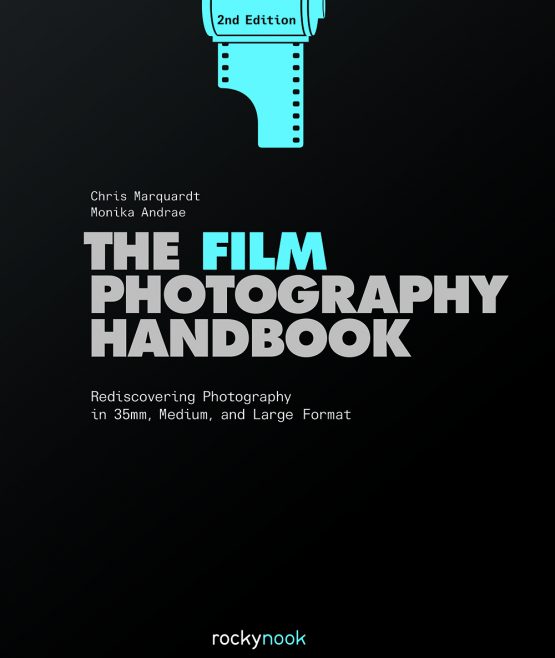

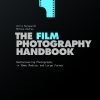
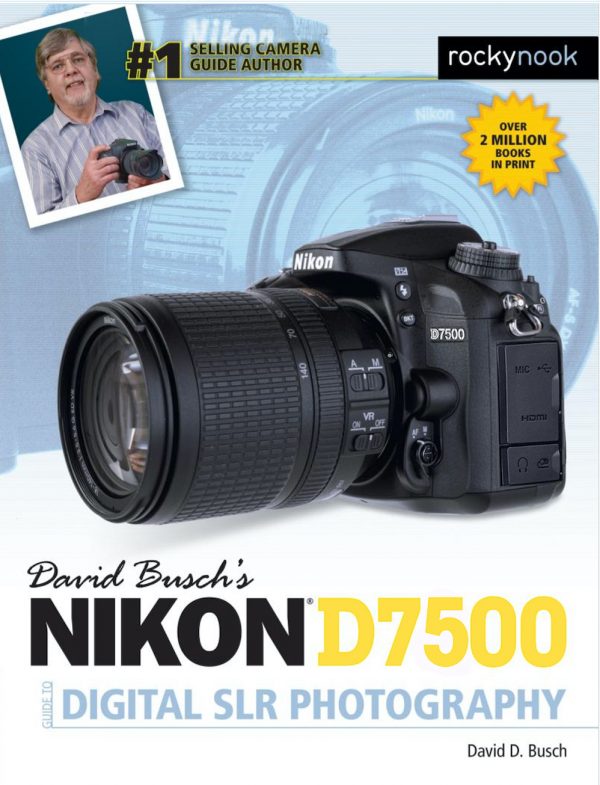
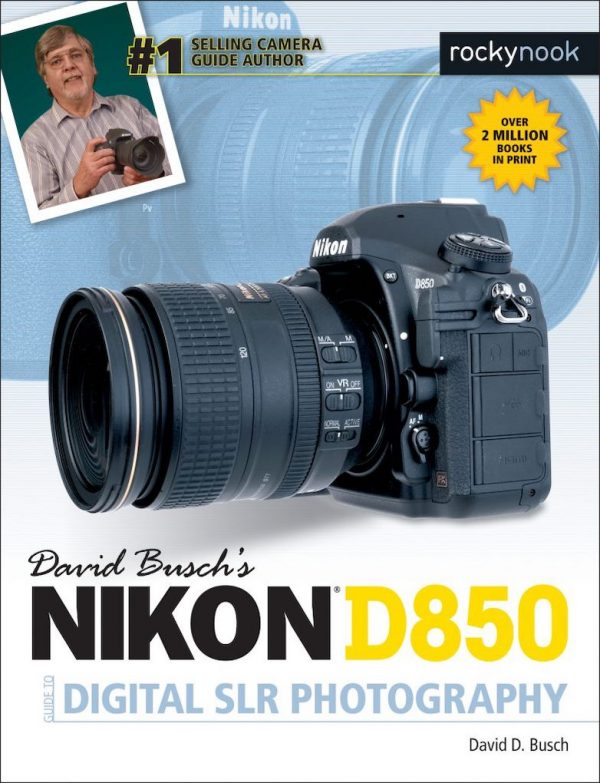
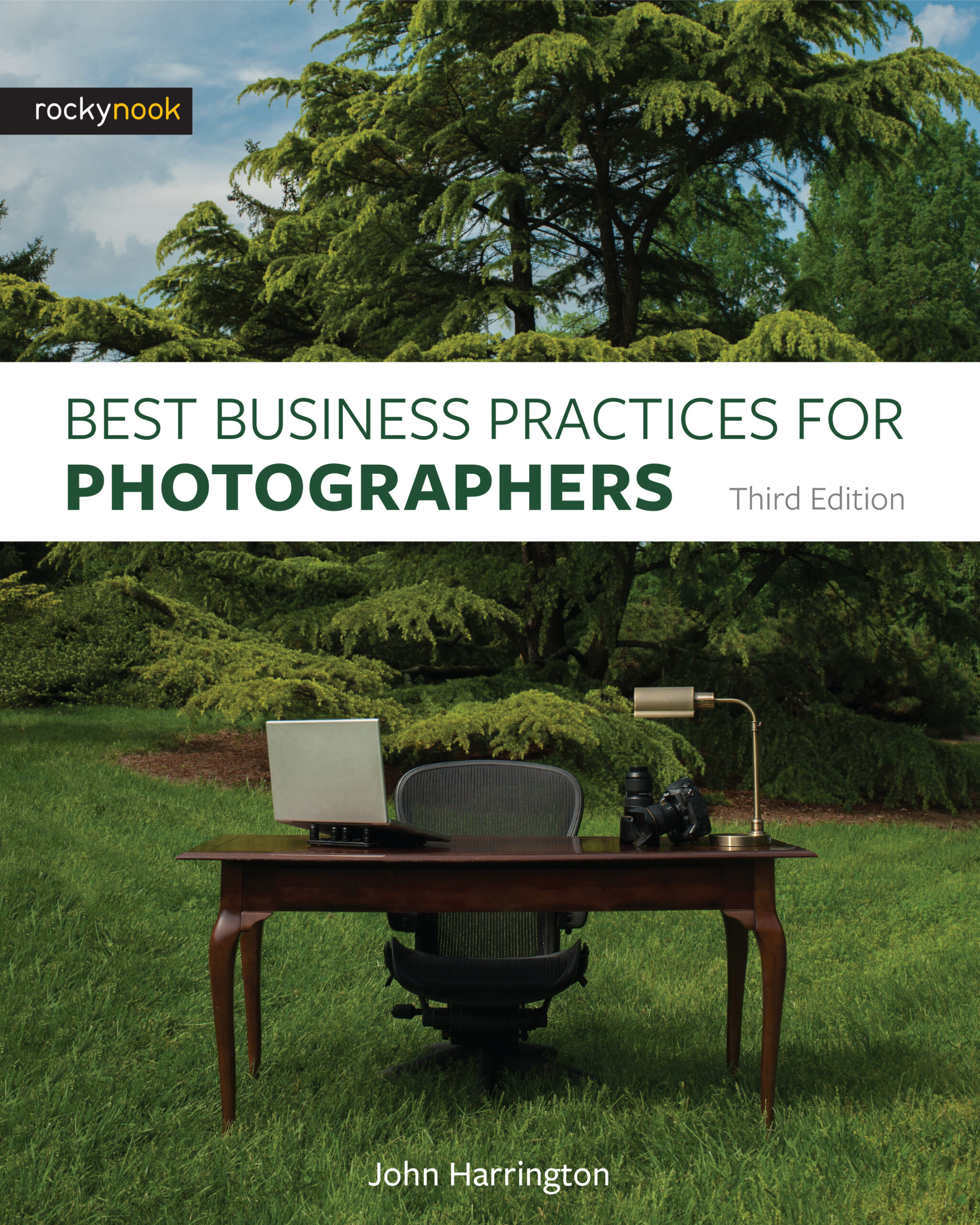

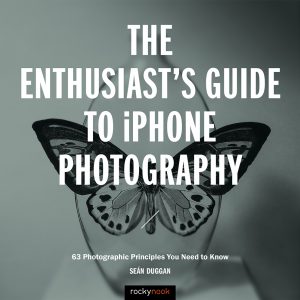
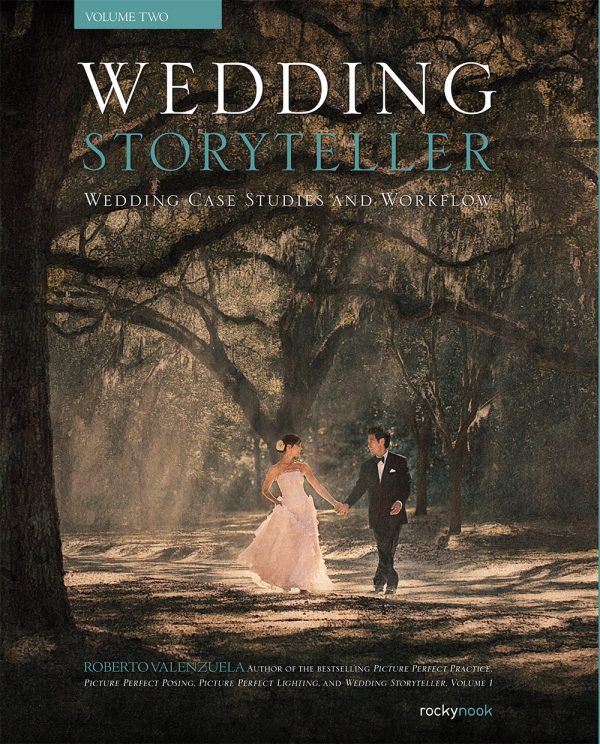
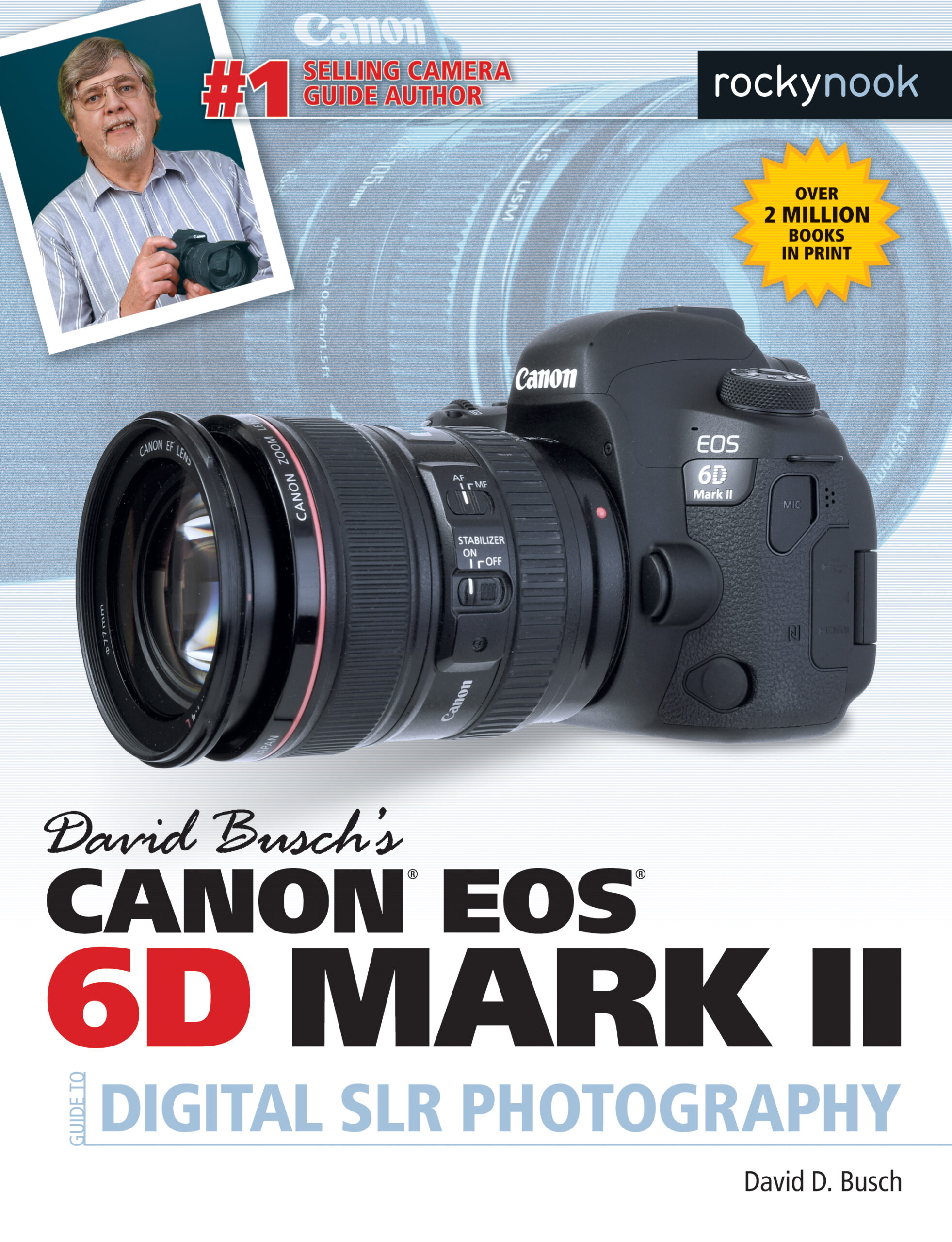
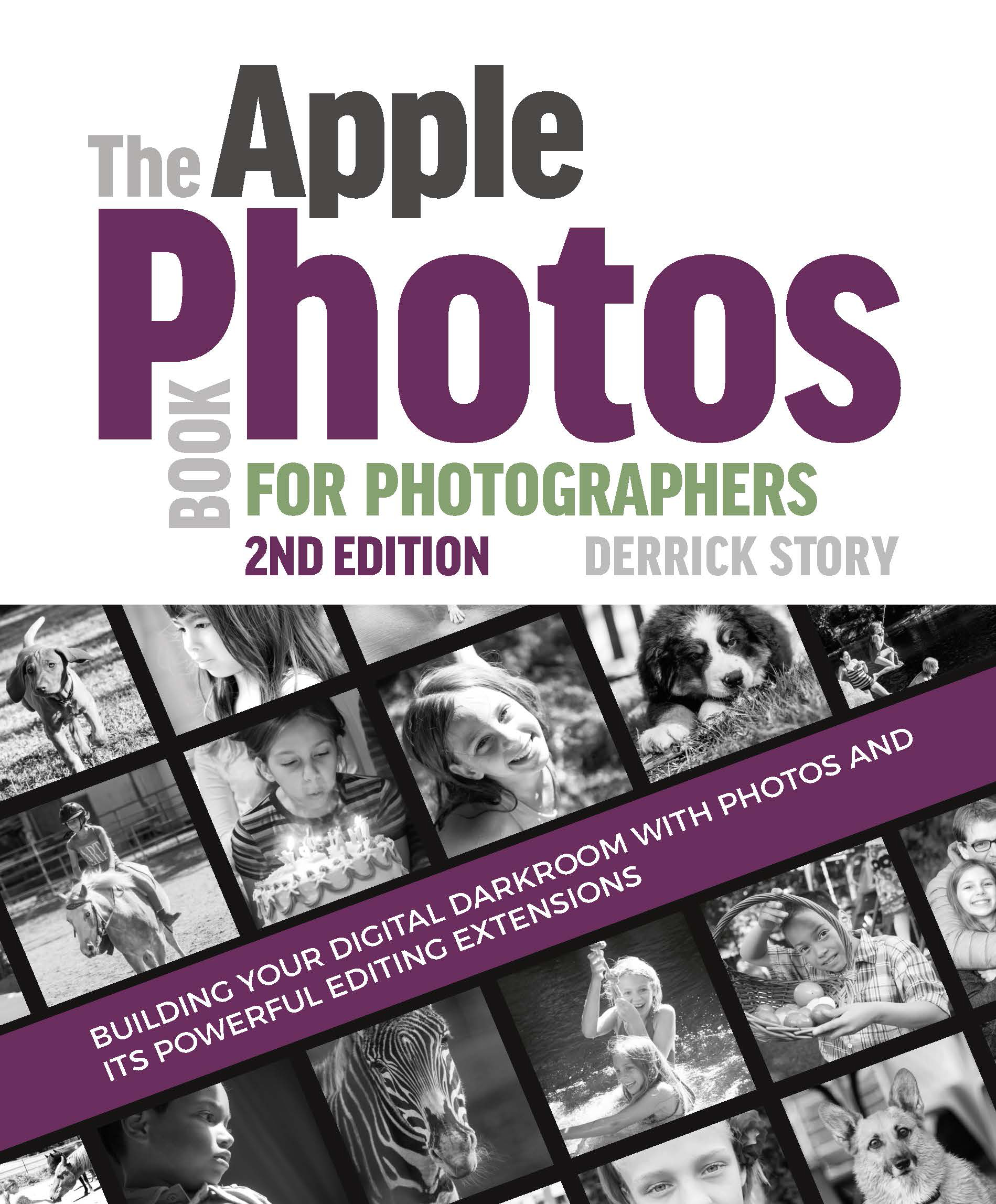


Gloria
This is the how-to book you’ll need and want when/if you try your hand at film photography — all the rage now!
I have noticed that using film cameras is becoming trendy and I think we all need a refresher course on how to use such cameras. This is the one to get! I love that the authors start by pointing out that you may need to explain why you want to shoot film 🙂 I always appreciate a sense of humor in a book.
Never having developed film myself, and now of course you can exclusively shoot digital, it was fascinating to read their description the “various combinations of camera, exposure, film, and developer“ a photographer has to take into account when shooting film. I assume the authors will say it yields great results. The authors maintain that one advantage of shooting film is that you have fewer options and that the simplicity of that can make you a happier photog. I do admit that digital cameras have far too many options for me to ever fully use.There is a useful chapter on the pros and cons of analog versus digital including the contrast range of each, the sharpness of focus, and white balance, among other things. Before I read this book I didn’t know there was that much to think about because I thought the main difference between film and digital was that film was more cumbersome to develop and that you could take many more pics with digital 🙂 Turns out there’s a world of difference is and it’s worth exploring both kinds of photography.
I did not know that the film grains of a photograph depended a lot on the kind of development used. The techie photographers will love this book as well because it gives an easily understood explanation of, for example, film grain and what affects it, and then gives an interesting technical explanation of exactly what happens in development vis-à-vis film grain. Most of the photo magazines I read occasionally mention such pre-digital cameras as the rangefinder, and discuss a medium and large format. Here I have a chance to learn what those are in short, pithy chapters. Yay!
For someone like me who has never used a light meter, the chapter on how to use them to vary exposure was enlightning and well done. They even point out apps for your smart phone to use as a light meter! The authors devote an entire section to film as well and tell us that black-and-white film today is much more sensitive to the visible spectrum than the old film.
The authors point out that having the film developed by a professional developer is the way the easiest way to go, but then they proceed to give us quite a bit of information about developing film ourselves including a detailed recipe for that very thing – how helpful is that!
Since I have never used an actual dark room and do all my post processing in Photoshop, I was delighted to see a section on scanning the photos so that you can then process them digitally.
So pull out your father’s old film camera or get a new one and start using this indispensable, easy to read manual on how to shoot non-digitally. I will be referring to it often, given that we now own a film camera. Well done book!
jason (verified owner)
What a great book about film! The authors cover (in depth) camera types, film types, exposure, along with development and chemicals, and a ton of other topics including scanning and printing. I have found so much great information in this book that it is a constant resource for me as I shoot, develop, and scan my film!
But ultimately I’m conflicted with this review. The authors have done a wonderful job organizing and presenting the information. I love, love, love the content of the book. I think it is very useful and I find myself using it frequently as a reference. However, the paper used isn’t like anything else I’ve seen from Rocky Nook. It’s extremely thin and tears so very easily. And that’s the only issue I have with the book, it’s not the content nor the authors, it’s the binding. The pages are so thin that I’ve torn several just flipping back and forth when referencing something. I have many Rocky Nook books and this one seems to have the thinnest pages of any of them. I’m going to rate it a 5, only because the content is great and I don’t want to penalize the authors. But the paper choice is lacking compared to the quality I have come to love from Rocky Nook.
jefforns
This book is many things to me. First, it is filled with great nostalgia, and the uncertainty and fear of chemicals. The first forty years of my photographic life was spent with FILM; from the beginning with black and white through all the heartache of color film and transparencies. I always processed my own film and spent many dark-room hours discovering what my camera had shot. Of course I blamed the camera for all the poor or bad images that were coming out of the developing tank or off the enlarger platen.
The authors of this book know there stuff and have a great way of expressing and educating the many highly technical aspects of film photography. I’m not sure that every digital photographer will try there hand at film photography, but if you are interested in where and how this great art form (Photography) started you should get and read this book.
To try this form of photography you must first have a film camera. I am sure every digital photographer knows someone that has a dust covered film camera laying around. I started with 4X5 plate film, went to 2 1/4 X 2 1/4 and finally to the easily handled 35mm. This book will take you through all the necessary steps to get started, from camera type to film selection; it is very technical but very easy to read and comprehend.
But film processing is another thing. As stated I always enjoyed my own processing where I can control the process and the outcome to the final product (image). However, a darkroom is expensive and takes up a lot of space. If you think ‘Computer Time’ is a lot; wait until you get into the creative darkroom. This great book and these authors will walk you through the entire process and you can have a great NEW hobby.
Thank you Chris and Monika for the great memories…… I’m getting the bug again!
tlmpgolf1 (verified owner)
Very comprehensive book of film, types, development and uses. Kind of nostalgia from when I used film before digital. Glad I kept my film camera because i enjoy using film. Makes you slow down and think about your shot. The infomation in this book takes you from deciding what film to use, to loading it, taking photos with it and then developing it. Would definitely recommend this book to anyone who wants to start or continue to use film.
rajiv.rajivchopra (verified owner)
I absolutely love this book. Chris & Monika have written and structured this book exceptionally well. They have started from the basics, and have taken the reader (me) right through the entire process from exposure to printing.
They start by talking about the salient differences between film and digital, then speak of light and exposure. The rules they highlight are beneficial, indeed.
The section on the types of film is superb, especially as they give their recommendation on which film is best for which application in photography.
I like the section on developing, especially since I intend to start developing my film shortly.
There are lots of useful links included in the book, and this is helpful. I did explore some of these links. They are good.
This book of theirs is exceptional. I recommend this to anyone who would like to explore the world of film photography.